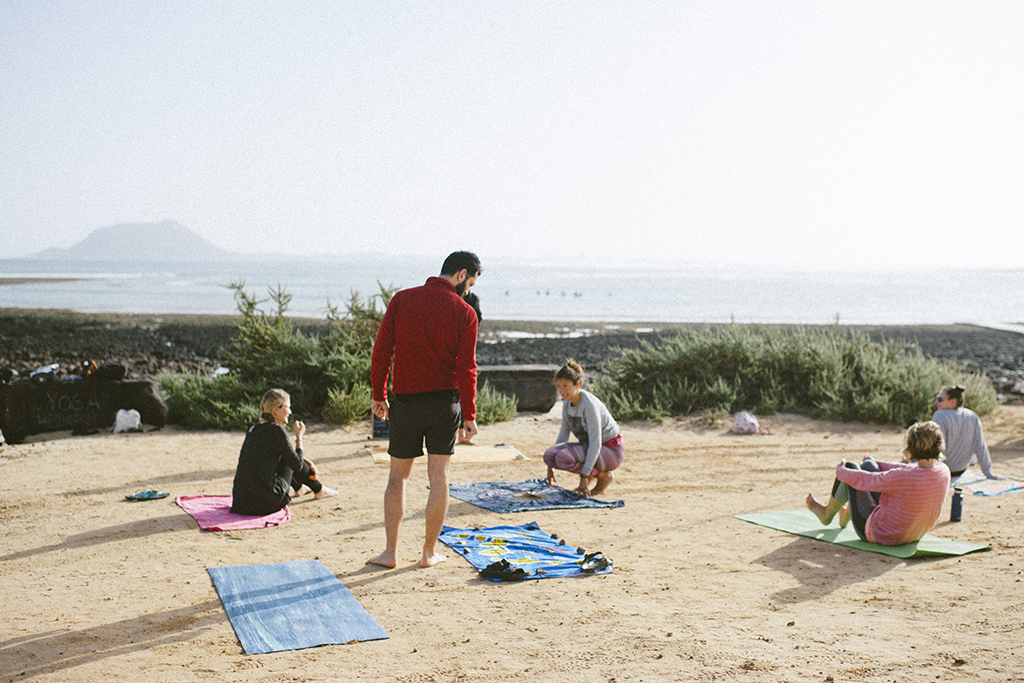The following photographs, taken during a recent fieldwork and language-learning stint in Fuerteventura, explore the question of embodied temporalities and their potential transformation. Through intentional (and unintentional) moments of making via my camera, my somatic awareness of the present moment was heightened, while at the same time documenting the moments and processes in which myself or others demonstrate temporalities that differ from those I regularly experience.






















Learning to be present in one’s experience is not merely an exercise of the mind, but an embodied one, involving mind and body in sync, which meditation helps cultivate. At stake here, is how the body helps the mind stay in the present (…) Focusing on the present moment in general, then, heightened participants’ somatic awareness.
(Myers et al. 2015)
Myers, Lewis, and Dutton, in examining meditation practices in the US, inquire into how the body can help the mind be present for people who have experienced trauma. I would add that meditation, as well as the moments and activities depicted above, may help transform and relieve temporal anxiety. For me, temporal anxiety manifests in the sensation that I must be producing and achieving nearly all hours of the day, even to the extent that my sleep should be accomplishing for my body.
My own experiences aside, temporality and its relationship with the body are already revealing themselves to be important themes to pay attention as I move forward with my research, leading me to question:
How do notions of temporality become embodied and is it possible to transform our embodied experiences of time?
References
Myers, Neely, Sara Lewis, and Mary Ann Dutton. 2015. “Open Mind, Open Heart: An Anthropological Study Of The Therapeutics Of Meditation Practice In The US”. Culture, Medicine, And Psychiatry 39 (3): 487-504. doi:10.1007/s11013-014-9424-5.